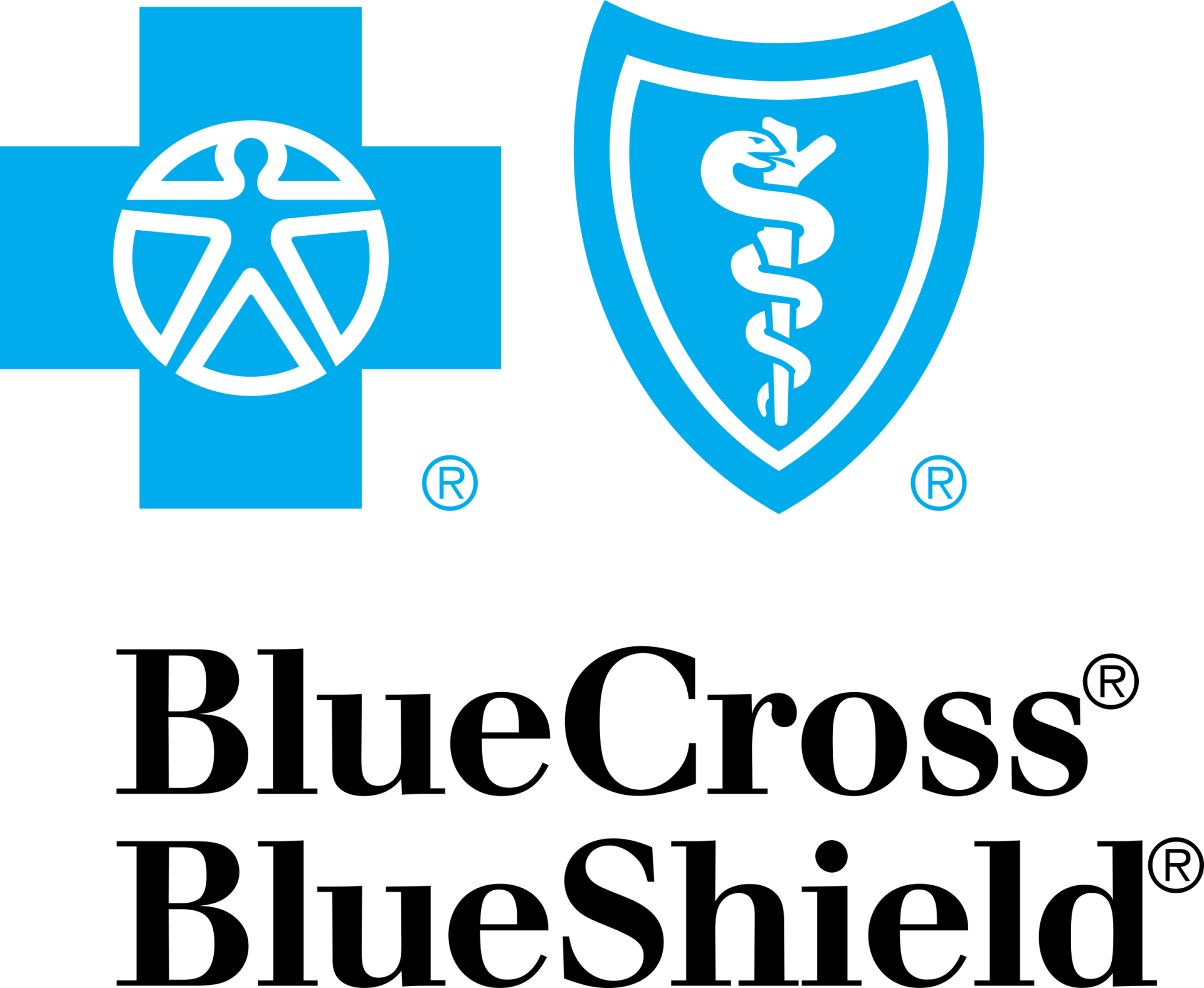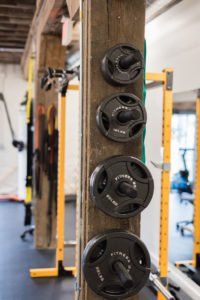Relax, Renew, and Save: 10% Off All Massage Gift Certificates – Limited Time Only!
So you tore your ACL…now what?
Anterior Cruciate Ligament (ACL) ruptures are one of the most common injuries in sport. Most occur without contact, and occur far more often in female athletes than in males. There are many ways to injure the ACL; maybe you’re a soccer midfielder who got into a 3-way tackle at practice. Maybe you’re a goalie who went to clear the ball and felt your plant leg crumble underneath you. Or maybe, if you’re really unlucky, you stepped in a pothole walking home from a game. Regardless of the scenario, when an ACL ruptures you will feel a pop, likely feel your knee “go inward”, and experience immediate swelling.
While there are several clinical tests that a physical therapist can use to determine the status of your ACL, the gold standard for diagnosis is MRI. Once an ACL tear is confirmed on imaging, the gold standard of treatment is still surgical reconstruction. Research is coming out now suggesting that some individuals can “cope” with intensive rehab, but what we see in the literature is that this only occurs for about 25% of patients who sustain an ACL rupture. If you are going to return to a high-level contact sport – and especially if you’re female and under 30 – your best bet for returning to optimal performance is a reconstructive surgery.
While it’s a common injury in sport, it’s also an emotionally difficult one; it’s likely your season will be over. Athletes will usually feel grief grief over suddenly not being able to do the thing you love, anger at watching your teammates continue to thrive and perform in your sport, and fear that you’ll never be the same again.
These are all normal feelings to have, but in excess, they’re actually going to prevent you from making a solid comeback. So, here are some steps to take to get your head back in the game, and some information for you so that you know exactly what to expect after you’re wheeled out of the operating room.

First: Know that it’s going to be okay.
While an ACL rupture is likely a season-ender, it doesn’t have to be a career-ender if you find the right orthopedic surgeon and a physical therapist who specializes in sports. How many of you watched Megan Rapinoe this year in the world cup? Did you know she tore her ACL – for the THIRD time – in 2015, and was back on the field for the Rio Olympics? . Yes it takes a long time and a lot of hard work, but know this: you WILL play again.
Second: Learn about what’s going to happen in the Operating Room.
Surgeries are scary, but the good news is that sports medicine surgeons perform this operation all the time. Choosing your surgeon is important – you want someone who is board-certified in sports medicine and who does this operation regularly. It is more than okay to ask your surgeon how many ACLs they have reconstructed! Choose your surgeon well – make sure they have LOTS of experience with this operation and make sure that they share your goal of getting back with your team – and you will be just fine. In the operating room, the surgeon will make a small incision and will first debride, or clean up, the inside of your knee. She will likely remove the torn portions of your old ACL. Then, she will take a portion of one of your tendons – either your patellar tendon (front of your knee), hamstring tendon (back of your knee) or quad tendon (just above your kneecap) and creates a “graft” by re-inserting the tendon into the joint, such that it will act like a new ACL.
Third: Get your dang knee straight!
After you wake up from surgery and make it home from the hospital, you’ll likely be sore, but it’s important to get that knee moving. Check with your surgeon about specific precautions and limitations, but in most cases physical therapy should begin 1-5 days after your surgery. The most important thing in the early phases of rehab is to regain full range of motion, especially extension. Without full range of motion, strength gains will be hard to come by. The earlier you start working on this, the less painful and difficult it will be over time!
Fourth: Train Hard.
Find yourself a physical therapist who specializes in sports rehabilitation. Your physical therapy sessions should feel progressively harder and harder, and your PT should be stressing your cardiovascular systems in addition to getting you strong. If you’re not sweating during your sessions and have mild DOMS afterward – and if you’re not eventually doing things that look and feel like your sport – find a new PT.
Lastly: Be Patient. Play the Long Game.
You’re six months out from surgery, running intervals, doing box jumps, and feeling GOOD. So…why can’t you play? The sports medicine and rehab research overwhelmingly and unequivocally shows that for every month you wait to return to play after that 6 month mark, you decrease your risk of reinjury by 50% . That’s huge. Even if your ligament has healed and you’re passing your return to sport tests, the extra three months to get fitter and stronger matter so much to keeping you in the game. You can reduce your risk of re-injury by waiting until you are stronger and fitter than you were even before your injury. Your physical therapist should be guiding you there and encouraging you every step of the way.
If you have questions about how to prevent ACL ruptures, or whether we’d be a good fit for your pre- and post-operative rehab following this injury, reach out to our sports specialist Dr. Wason: kate@balancechiropracticva.com.

RESET. REHAB. PERFORM.
QUICK LINKS
CONTACT
Phone: (434) 293-3800
Fax:
(434)295-2737
office@balancechiropracticva.com
608 Preston Avenue, Suite 100
Charlottesville, VA 22903








